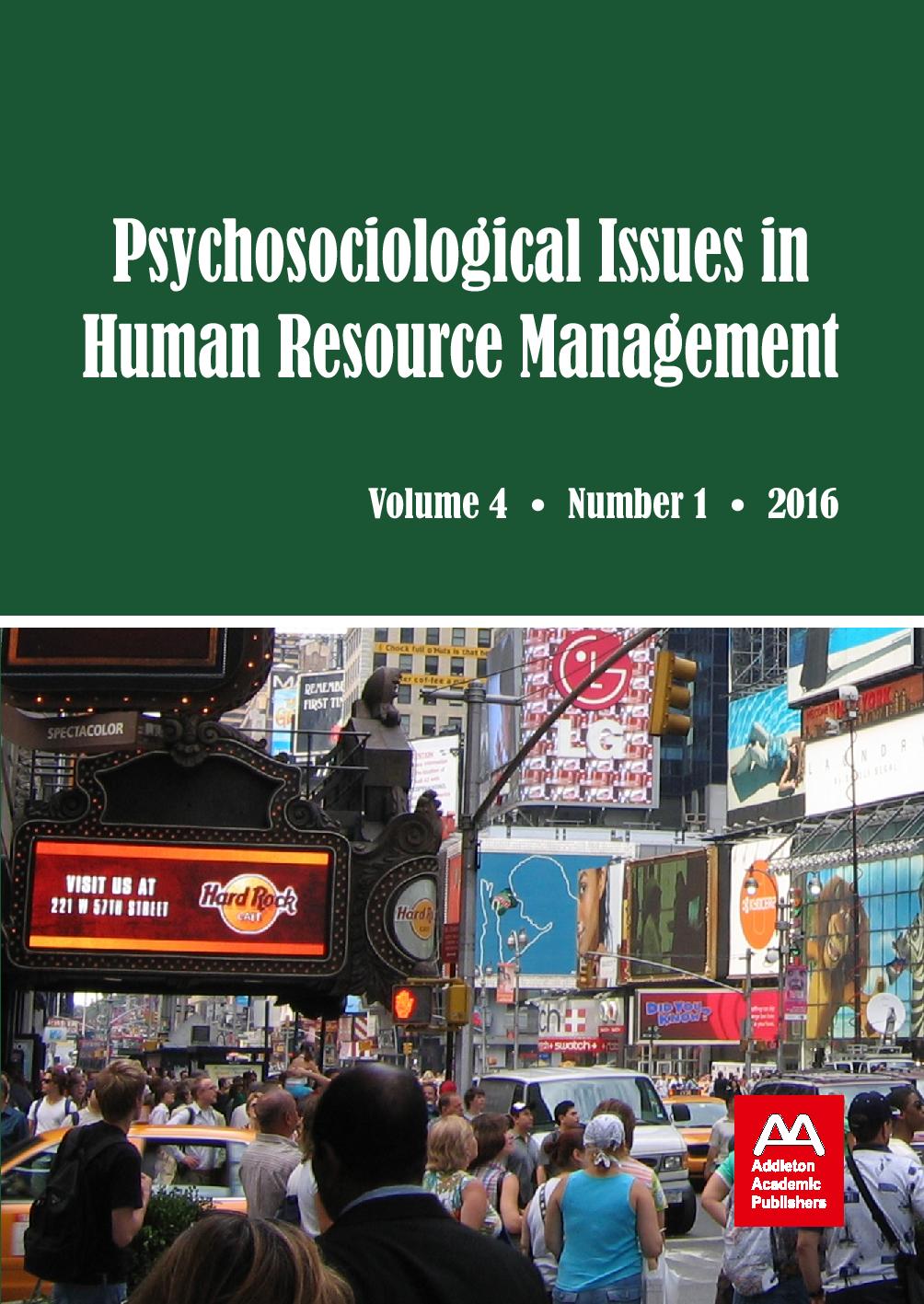WORK-LIFE INTEGRATION OF DUAL-EARNER COUPLES: SPILLOVER, CROSSOVER, AND ACCUMULATION OF WORKPLACE DEMANDS AND RESOURCES WITHIN PARTNERSHIPS
WORK-LIFE INTEGRATION OF DUAL-EARNER COUPLES: SPILLOVER, CROSSOVER, AND ACCUMULATION OF WORKPLACE DEMANDS AND RESOURCES WITHIN PARTNERSHIPS
Author(s): Stephanie Pausch, Mareike Reimann, Martin Diewald, Anja-Kristin AbendrothSubject(s): Management and complex organizations, Human Resources in Economy
Published by: Addleton Academic Publishers
Keywords: work-life integration; dual-earner couples; job demands and resources; cumulative advantages and disadvantages; partnerships;
Summary/Abstract: This study investigates the complex interplay between couples’ work and personal life and disentangles how demands and resources affect partners’ satisfaction with their integration of both life spheres. Next to individual processes of spillover between the two life spheres processes of crossover from one spouse to the other are investigated. Moreover, it is argued that demands and resources accumulate within partnerships leading to specifically disadvantaged situations, when it comes to demands, and specifically advantaged situations, when it comes to resources. Furthermore, gender differences concerning processes of spillover, crossover and accumulation are considered. The study makes use of a German Linked Employer-Employee Panel Survey (LEEP-B3), which includes information on 100 work organizations, 6,454 employees, and their partners (2,185). The results mainly support the spillover of demands and resources from work to personal life meaning that workplace demands make integrating both life spheres more difficult whereas workplace resources can help reaching a satisfying integration of work and personal life more easily. The results also partly support the hypothesized crossover of demands and resources from one partner to the other. However, there is no such clear-cut picture for the accumulation of demands and resources within partnerships. The results indicate that negative effects of workplace demands experienced by both partners stem primarily from one’s own demanding workplace conditions.
Journal: Psychosociological Issues in Human Resource Management
- Issue Year: 4/2016
- Issue No: 1
- Page Range: 70-95
- Page Count: 26
- Language: English
- Content File-PDF

